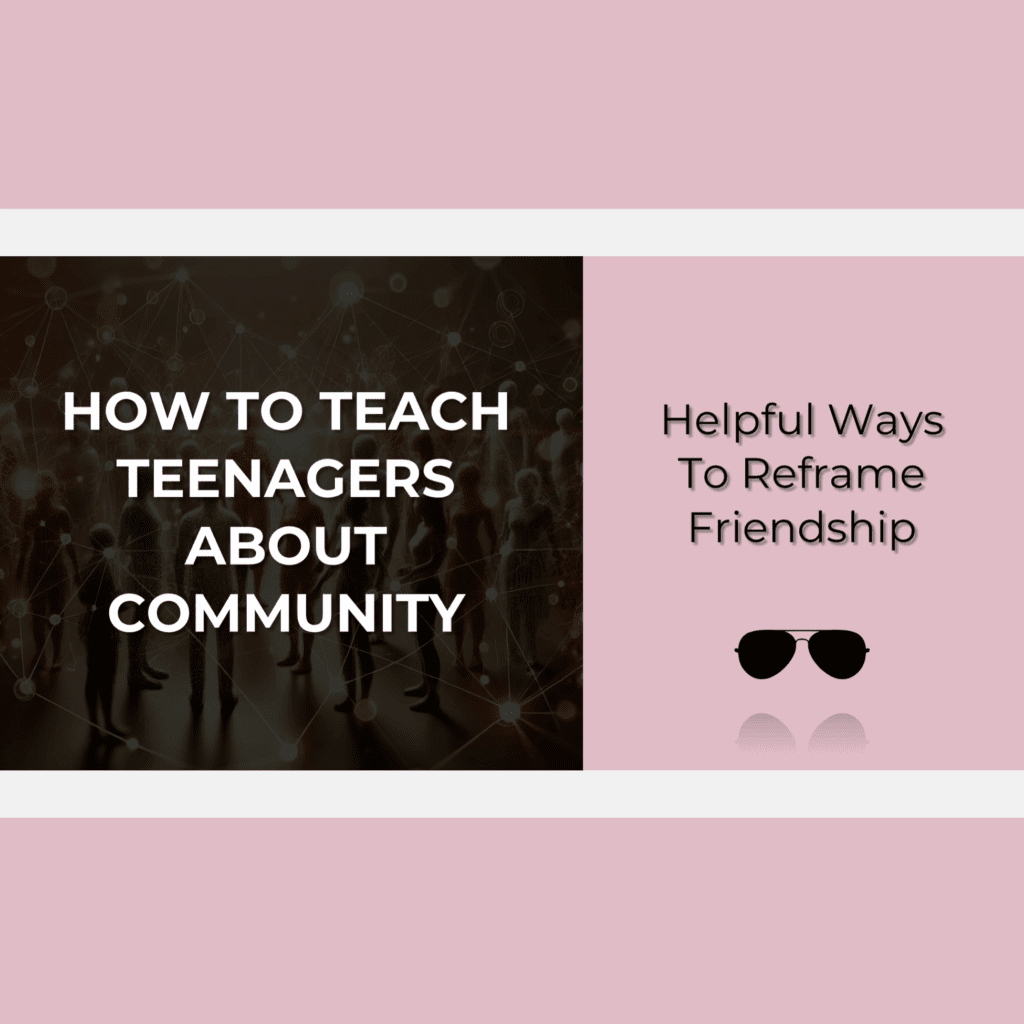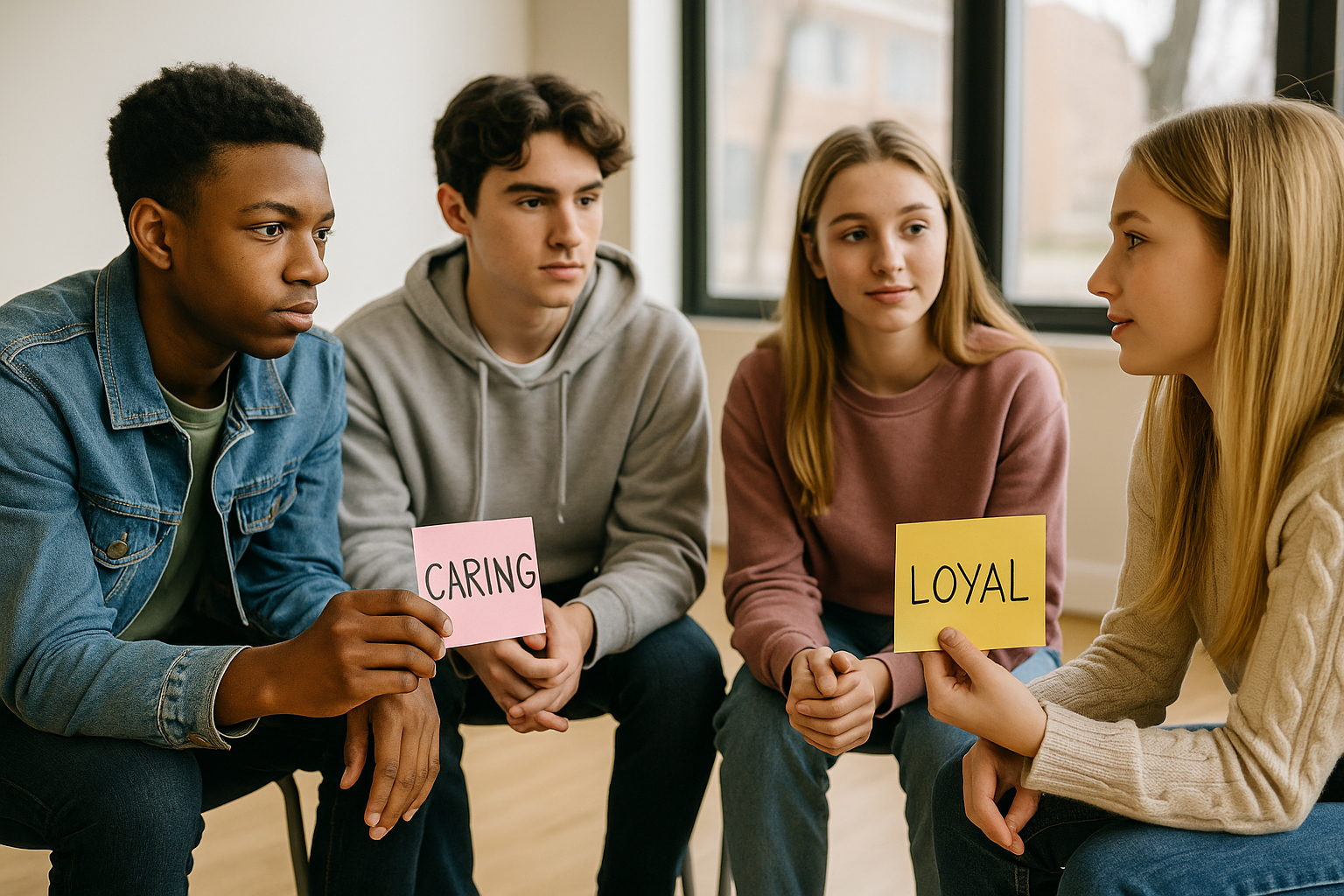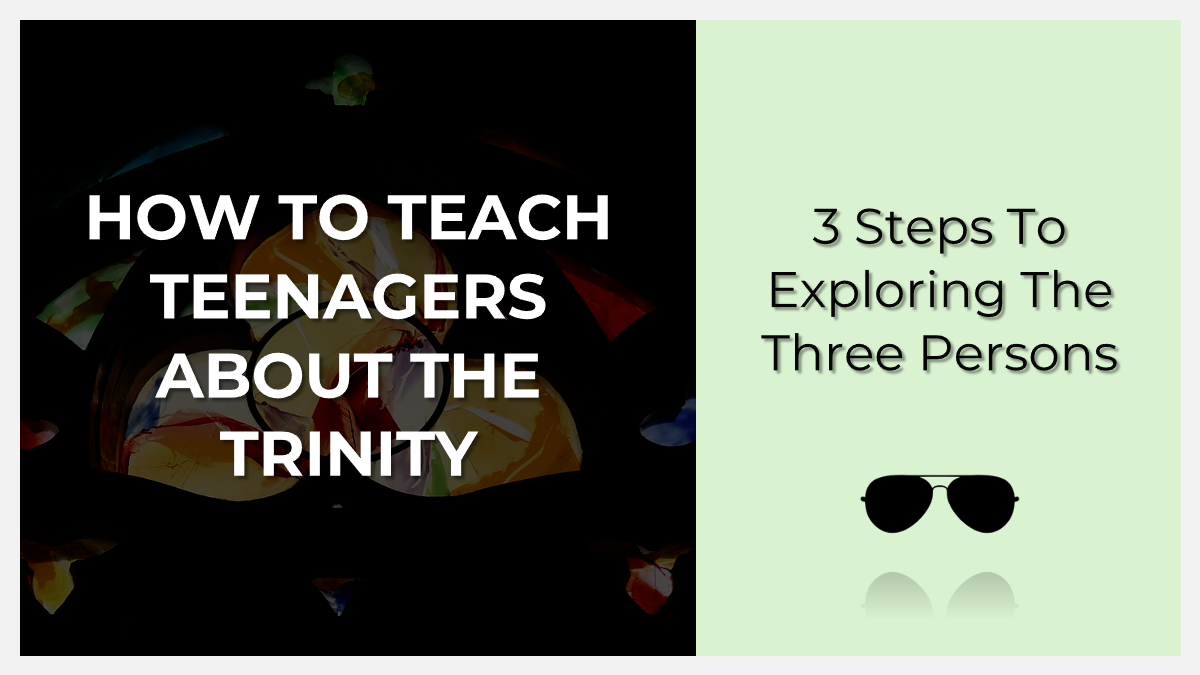
10 Youth Group Games You Can Play with Just a Kickball
Everyone loves games. Games can start connections with your group. As youth pastors, we want to make the time to

Teenagers are constantly navigating friendships, cliques, drama and social pressure. They crave belonging, but so often they settle for shallow relationships instead of real biblical community. In a world where you can have thousands of “friends” on social media and still feel alone, it’s easy to sacrifice authenticity to fit in.
I’ve heard students say they know a lot of people but don’t feel truly known by anyone. They want to be accepted, yet too often they give up honesty and vulnerability to stay in the circle. For some, connection means going along with whatever the group is doing. For others, it means staying safe by keeping walls up. How do we help students move beyond surface-level relationships and embrace the kind of community God designed them for? Here’s how to teach teenagers about friendship through the lens of the gospel.
But first, here’s some of our best youth ministry lessons on friendship and community.
Time needed: 1 hour
Materials Needed
Whiteboard or large poster paper
Markers
Bibles
Sticky notes or index cards
Pens
Three concentric circles template (printed or drawn)
Begin by asking students: “What do your friends expect from you—and what do you expect from them?”
You’ll likely hear answers ranging from loyalty and laughter to silence during hard conversations. Capture those expectations on the board, then transition into this tension: most teenagers crave authentic friendships but settle for surface-level ones.
Introduce the idea that God designed friendship not just for comfort, but for refinement. Friendship in scripture isn’t passive—it’s intentional. Proverbs 27:6 teaches that “Wounds from a friend can be trusted, but an enemy multiplies kisses.” That’s a totally different picture from what teens see online.
Pro Tip: Ask your students if they’ve ever had a friend say something hard because they loved them. That’s the soil where biblical friendship starts to grow.
Shift the conversation from preference to purpose. Read John 15:13 together: “Greater love has no one than this: to lay down one’s life for one’s friends.” Then unpack how Jesus modeled friendship as sacrifice, not transaction.
Have students reflect on these two questions:
Do I choose friends who draw me toward or away from God?
Do I act like a friend who would do that for someone else?
You can also incorporate Matthew 7:1–5 to explore how friends can sharpen each other without judgmentalism. Jesus’ reminder to “remove the plank from your own eye first” is a guide to being the kind of friend who corrects with humility, not superiority.
Pro Tip: Remind students that friendship isn’t just about who’s around them—it’s about who they’re becoming with those people.
Teenagers aren’t used to sharing real emotional or spiritual struggles with their peers. They often assume vulnerability belongs to leaders or small group time—not their friendships.
This is where James 5:16 breaks that mold: “Confess your sins to each other and pray for each other so that you may be healed.” Take time to model what healthy spiritual vulnerability looks like.
You might even use a leader to demonstrate the rhythm of:
Honest confession
Encouraging response
Prayer support
Then challenge students to identify one peer they trust enough to invite into that space. Don’t pressure them to share in the group—just plant the seed.
Pro Tip: Frame vulnerability not as weakness, but as courage. When students see honesty as strength, they begin to build friendships that go beneath the surface.
Draw or distribute a three-circle diagram: Acquaintances, Friends, and Real Friends. Ask each student to fill in initials of people from their life who fit in each tier. Remind them this is for personal reflection—not group discussion.
Once complete, ask:
What’s the difference between my friends and my real friends?
Am I showing up as a real friend to anyone?
Is anyone in my “real friends” circle who doesn’t actually help me grow?
Wrap up with this key idea: the quality of your friendships will shape the trajectory of your life. Then invite students to write one intentional next step on the back of their sheet—maybe it’s reaching out to someone, praying with a friend, or stepping back from an unhealthy dynamic.
Pro Tip: Let your students see that pursuing healthier friendship isn’t about cutting people off—it’s about choosing who you allow to shape your character.
Want the full six-week series that inspired this lesson?
Get the Real Friends series—complete with Message Manuscripts, Video Messages, Discussion Guides, and Graphics.
Related Posts:
How to Keep Students Engaged in Small Groups
Check out Real Friends & One – Sermon series designed to help students build deep, Christ-centered friendships.

Everyone loves games. Games can start connections with your group. As youth pastors, we want to make the time to

Most of us don’t get into youth ministry for the overwhelmingly generous paycheck. We love Jesus, we love the next

The Trinity is one of the most foundational doctrines in Christianity—and one of the most confusing. How can God be